This doesn’t feel right.
I am wrapping plastic around a freshly baked cake, preparatory to putting it in the freezer for thirty minutes. Then, I’m supposed to take it out and gingerly unmold a bowl of ice cream on top of it. Back into the freezer after that for another hour or so.
The bowl of ice cream is lined with plastic wrap and filled with layers of raspberry sorbet, mango sorbet and chocolate ice cream. The ice cream was pressed flat to fill up all the gaps, and it went into the deep freeze two hours ago. Will it be firm enough to hold a beautiful dome shape as it unmolds onto the cake? Or will it slither and slide everywhere?
I’m making Baked Alaska — or what seems to be a modern twist on it. Baked Alaska is a very old-fashioned dessert, named for its combination of hot and cold. Ice cream and cake are covered with an insulating layer of meringue and baked in the oven so the outside is toasted, marshmallowy and hot, while the inside is still frozen solid. But as I follow through my contemporary recipe, I see that the challenges of the olden days have been sidestepped, rather than resolved.
Before freezers, high-speed mixers and precisely controlled ovens were common kitchen furnishings, Baked Alaska would have been a luxury, something only the best-equipped home kitchens and restaurants would have the resources to manufacture and serve. Today, in the Age of the Propane Torch, it’s a breeze to whip one up. The meringue-covered ice cream never goes near the oven. The cake is pre-frozen to keep the ice cream colder. A quick toasting with the flame, and onto the table.
Where are the risk-takers of yore? This is far too safe, hardly a gamble at all. In the olden days, ovens probably ran with smoking rivulets of scorching ice cream, while aprons were soaked with salt tears of frustration and disappointment. But now? There’s no way ice cream shrouded in cake and two inches of meringue is going to melt at the mere wave of a kitchen torch.
Unless you’re an eleventh-hour baker like myself. The recipe instructed that the ice cream was to be “softened” prior to scooping it into the mold. I softened it in the refrigerator and packed it into the mold in a decidedly malleable state a mere two hours ago. Showtime is in another couple of hours, come what may. If the ice cream is too runny, the whole thing will turn into the Grimpen Mire or whatever that enormous swamp in The Hound of the Baskervilles was called.
It happened on The Great British Baking Show once. The ginger-bearded Iain discovered — while working on a summery day under the show’s iconic white tent — that his Baked Alaska had been taken out of the freezer by another contestant. And left out. Both Iain and the ice cream lost their cool. A judge attempted to talk him down, but he seized the dessert — by then a sad, mint-chip soup — stamped furiously on the trashcan pedal, and dropped it in, thereby sealing his dismissal from the show. Some viewers felt he had been sabotaged; others thought he had been rightfully eliminated. And still others reveled in the sheer drama of “The Bincident.”
Baked Alaska can indeed be finicky, especially when working outdoors on a warm day as Iain was. But it’s founded on solid science. It was invented in 1867 by a Parisian chef who aimed to create a “scientific” dessert, drawing inspiration from the research of the American loyalist Benjamin Thompson, Count Rumford.
Rumford was an inventor and enjoyed messing about in the kitchen (he is also known as the father of sous-vide cooking, thanks to his experimentation with a mutton shoulder). There he discovered the low thermal conductivity of beaten egg-whites.
His Parisian student turned this discovery to his advantage by attempting to use the meringue as an insulator for ice cream. The experiment worked: enrobed in meringue and enthroned on spongy cake, deeply frozen ice cream doesn’t melt even when put in a hot oven (at least, not immediately).
It was a huge hit. The chef named his tour de force omelette norvégienne — legend has it that he wasn’t too strong on geography, believing Bavaria, where Rumford had settled after the British lost the Revolutionary War, to be in Norway. Perhaps a simpler explanation is that Norway, much colder and snowier than Paris, seemed a fitting metaphor for this igloo of a cake!
Be that as it may, the recipe got picked up by Delmonico’s in New York City, where it was made of walnut cake, banana ice cream and toasted meringue. It acquired a new name after the Alaska Purchase, when Delmonico’s pastry chef, known for naming dishes after newsworthy topics du jour, dubbed it “Alaska, Florida” in commemoration of Seward’s Folly. How that turned into Baked Alaska is a matter of conjecture, though some blame a British journalist for neglecting to fact-check the menu before writing home. Journalists.
Now for the good news. My Baked Alaska worked perfectly. After a few nightmarish moments trying to extricate some plastic wrap stuck in the frozen surface, all went smoothly. The ice cream unmolded neatly onto the cake base. The meringue went on like a dream and turned a beautiful golden brown as I spun it beneath the propane flame. It did take two brawny men to cut a slice, owing to the amount of time I’d left it in the deep freeze, but otherwise all was as it should have been.
Next time I will drench it in alcohol, flambée it at the table and call it Baked Vesuvius. Let us hope this doesn’t result in a second Pompeii…
This article was originally published in The Spectator’s September 2024 World edition.



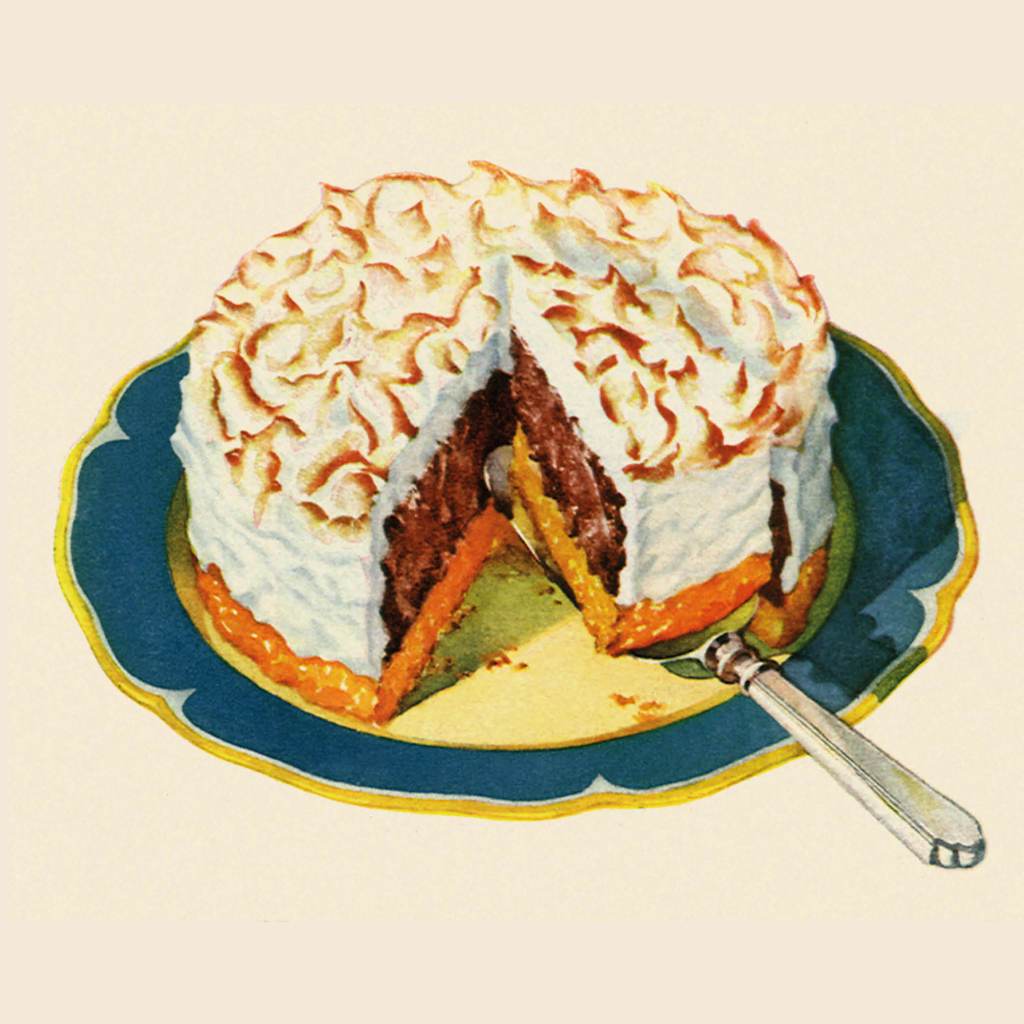






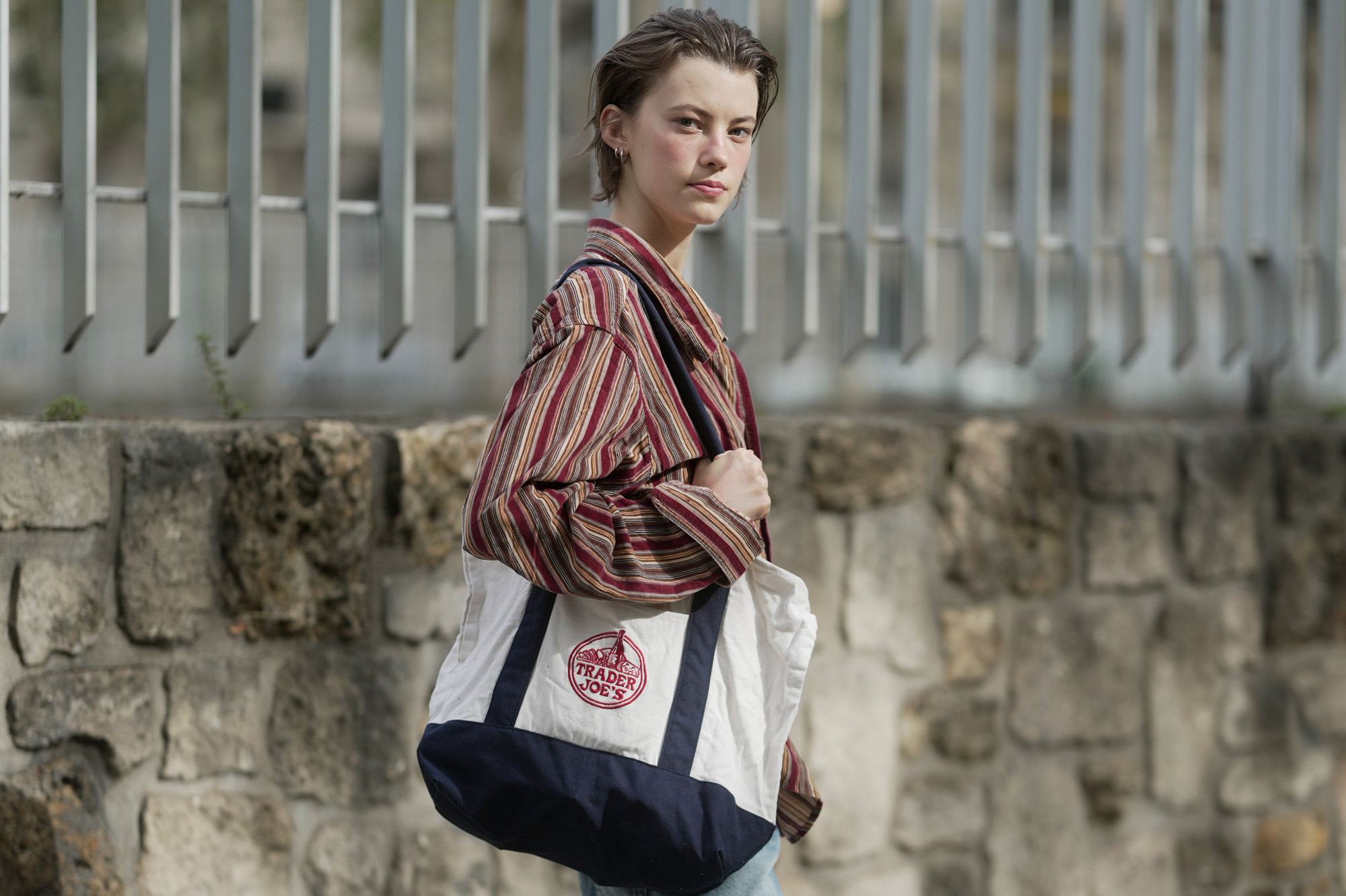
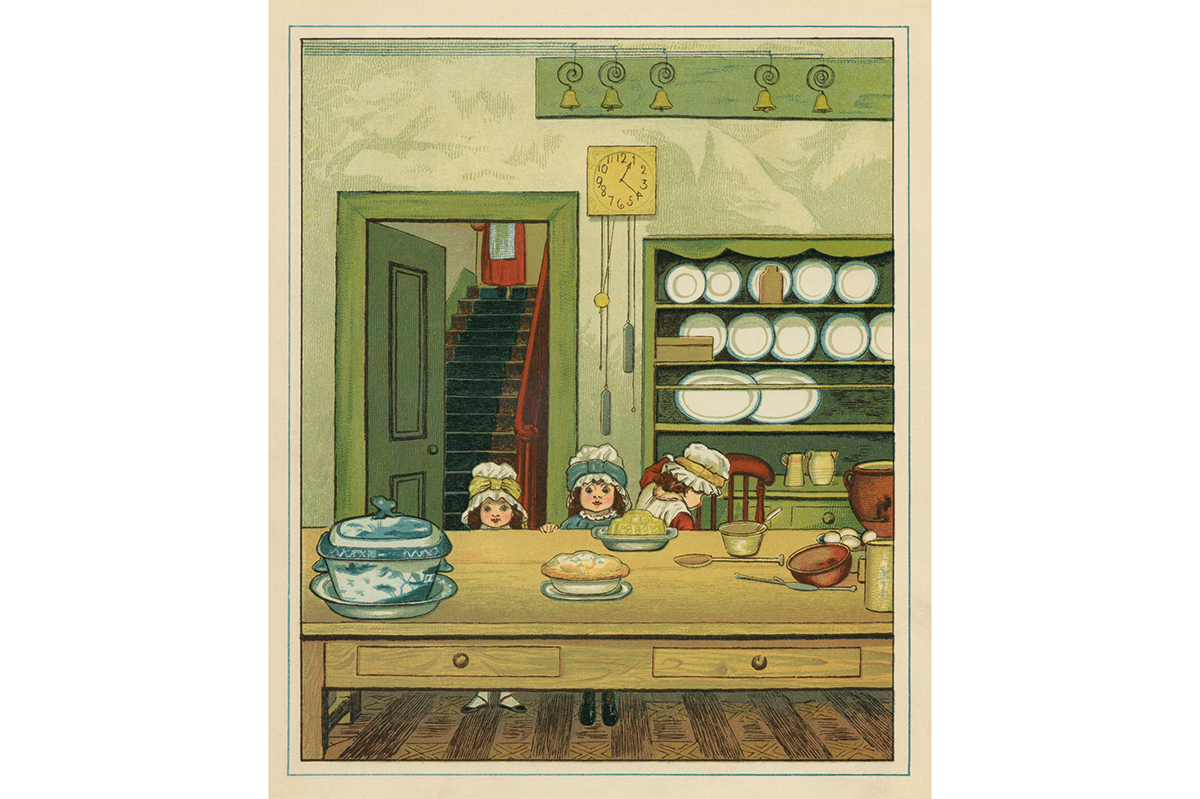
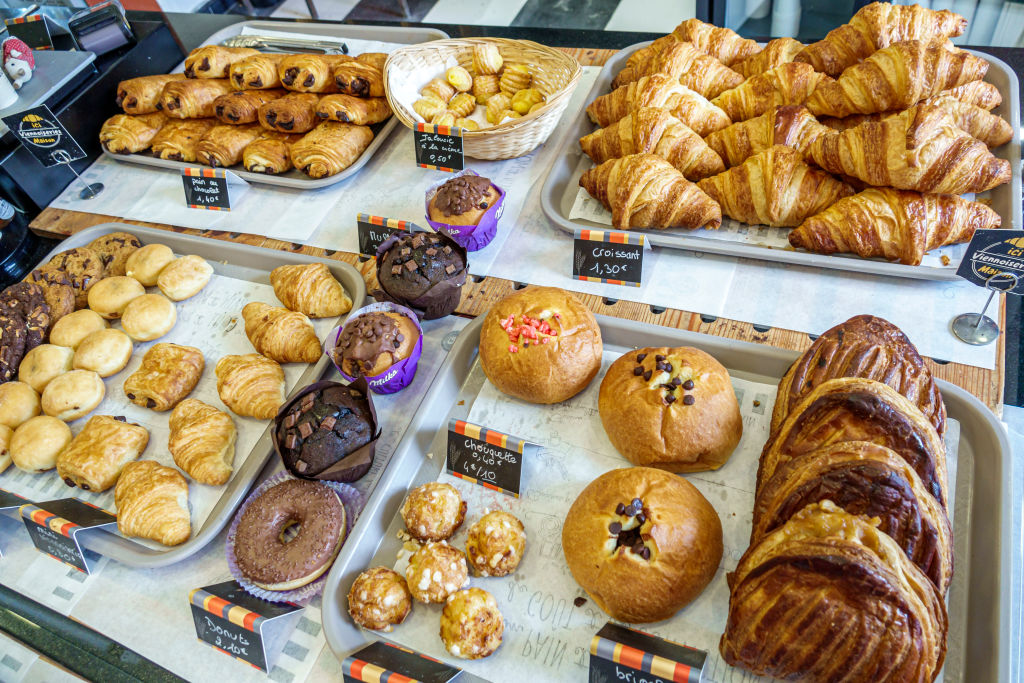
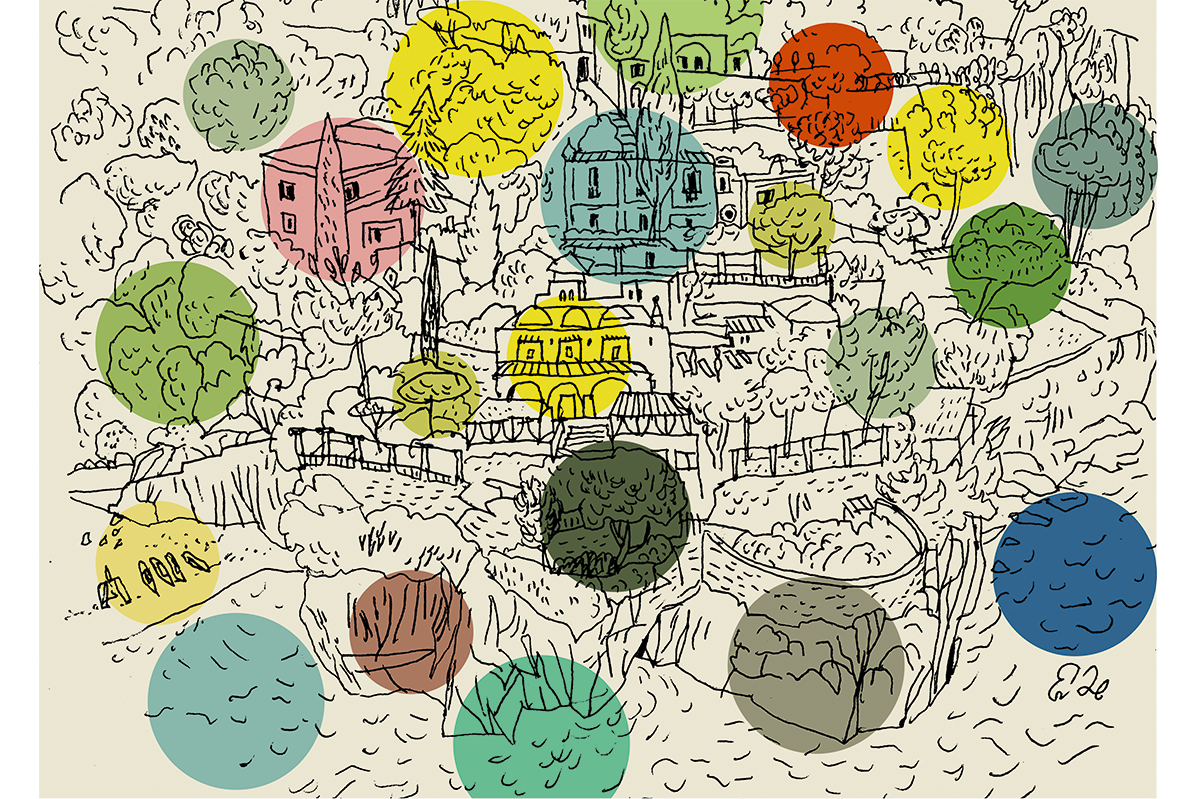

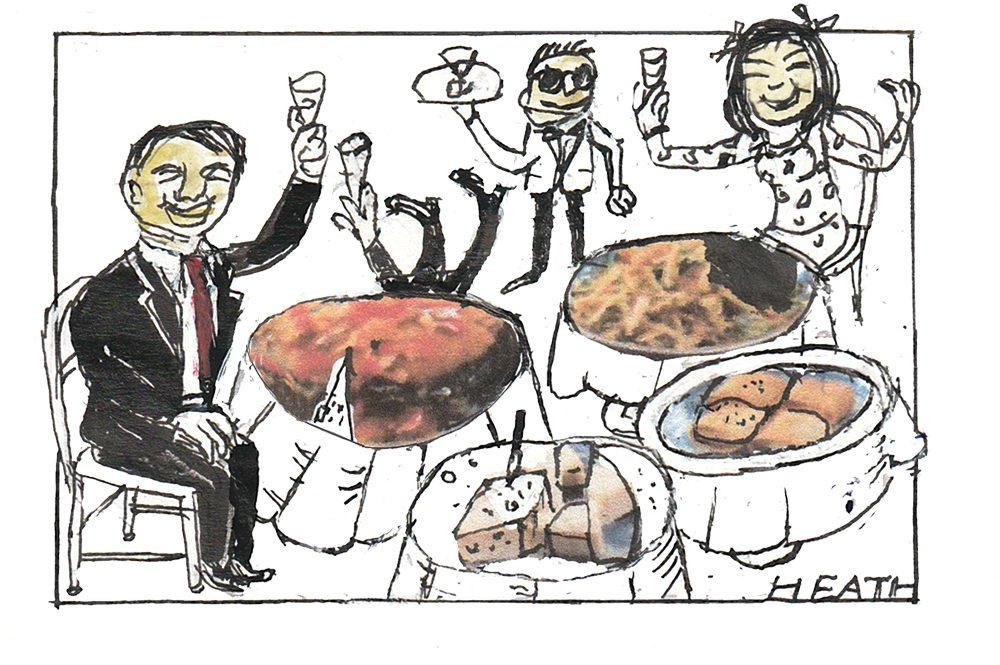







Leave a Reply